Echozeta - Untitled

More Posts from Echozeta and Others
What exactly is a sun eclipse? Will I be able to see it and if so when from the Netherlands?
The solar eclipse is when the moon is directly in front of the Sun and creates a shadow on the Earth. They happen about once every 18 months. I don’t believe that you’ll be able to see this eclipse from the Netherlands. I think the next one to be in Europe is in 2026. There’s one in Chillie and Argentia in 2019 and another in Antartica in 2021.
Nida Khan is a 15-year-old Pakistani girl who drives motorcycles, rickshaws, and garbage trucks to help earn money for her family. She is also a medal-winning boxer and a teacher.
Land is Sliding, Tell Us Where!
Summer in the northern hemisphere brings monsoon season, causing heavy rains and flooding that trigger landslides. Next time you see a landslide in the news, online, or in your neighborhood, submit it to our citizen science project Landslide Reporter to build the largest open global landslide catalog and help us and the public learn more about when and where they occur.
Rainfall is the most common cause of landslides.
After a storm, the soil and rock on a slope can become saturated with water and begin to slide downwards, posing a danger to people and destroying roads, houses and access to electricity and water supplies.

We have been monitoring rainfall from space for decades.
Orbiting the Earth right now, the Global Precipitation Measurement (GPM) mission is a group of 10 satellites that measure rain, snow, sleet and other precipitation worldwide every three hours. This data tells us where and when heavy rain is falling and if it could lead to disasters.

What can rainfall data tell us about landslides?
We’re using GPM data to understand where and when landslides are happening. A global landslide model uses information about the environment and rainfall to anticipate where landslides are likely to happen anytime around the world every three hours.

To improve the global landslide model and other landslide research, NASA is looking for citizen scientists like you!
If you find a landslide reported online or in your neighborhood, you can provide the event details in Landslide Reporter, our citizen science project.

Your detailed reports are added into an open global landslide inventory available at Landslide Viewer. We use citizen science contributions along with other landslide data to check our prediction model so we can have a better picture of how rainfall, slope steepness, forest cover, and geology can trigger a landslide.

Because the data is open, anyone can use the data for research or response.
When you report a landslide, you improve our collection of landslide data for everyone.
Help support landslide efforts worldwide by contributing to Landslide Reporter, and you can help inform decisions that could save lives and property today! Learn more about the project at https://landslides.nasa.gov. You can also follow the project on Twitter and Facebook.
Make sure to follow us on Tumblr for your regular dose of space: http://nasa.tumblr.com.
Can I talk for a moment about visual storytelling, cause, I feel like it’s something that a lot of adaptations forget about in lieu of trying to replicate their source material.
It’s a problem you see most often in anime derived from manga or light novels, but it’s also present in movies based on YA novels, and you gotta know what I’m talking about, start on black, opening narration, fade in as the main character explains the world and environment. This works in a book since the reader can’t see anything, they need the specifics of the world explained, but it feels like the movies are just like “well it worked for the book, it’ll work for us right?
I’d say it’s worse in anime, where characters will go on long internal soliloquies trying to explain their thought processes and complex emotions, which again, works for the manga, in a manga movement is very expensive, every single motion requires it’s own panel, which takes up the artist’s time, printed space, and a moment in the narrative, so it’s important to only show what absolutely needs to be shown. But animation is different, it’s all movement and the details are what sells it more than the dialogue.
The reason I wanted to make this post is because of one scene in One Punch Man that perfectly exemplifies how to translate a written thought process into visual storytelling. After getting punched to the moon (err, spoilers), Saitama has this thought process

and it’d be easy to translate that entirely literally in the anime, Saitama crouches, has an internal monologue as he tries to figure out how much force he needs to put into his jump, and then he launches. Instead though, the scene is done completely silently, to sell the fact that he’s in space, but the thought process isn’t removed, it’s just show visually.
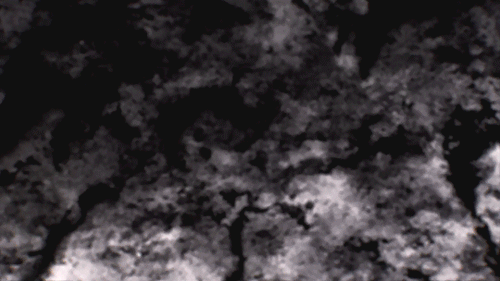
He throws a bit of moon rock to gauge the moon’s gravity, then launches, it’s a much more thoughtful approach to the scene and the audience’s ability to interpret visual information.
I just, really wish more adaptations realized the inherent strength of the visual medium instead of relying entirely on the source material’s structure and reliance on its own medium.
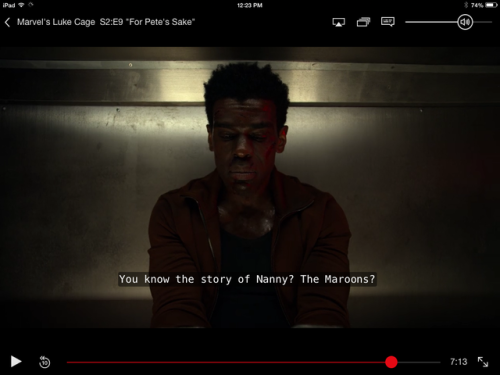
Holy crap - why, YES, Luke Cage, yes I do!
Nanny of the Maroons, as the show goes on to say, was a leader of a city of formerly-enslaved Africans in Jamaica. They regularly raided plantations to liberate others. Rumors swirled that she was royalty, but her origins are a bit unclear - the show says she was Asante, but I think that’s still uncertain?

She beat the hell out of the British for years, and was reputed to have magic powers. She fed her people with quick-growing pumpkins, made the British ill with her herbalism, and camouflaged warriors so well, British soldiers would hang their coats on them, thinking them trees. Said soldiers would then decapitate the British and vanish into the forest. She could supposedly catch bullets with her bare hands.
To this day, the site of old Nanny Town is a place where unwelcome visitors reputedly go missing.
And yes, I cover her in my first book.

(she’s so cool! so glad her story is suffusing its way into pop culture! she fits in perfectly with the storyline they have going in Luke Cage.)

*asexual laughter*
Female, 13 - 18, large eyes, small nose, square face, small mouth, standard weight, East Asian
....
Anime protaganist it is then :P
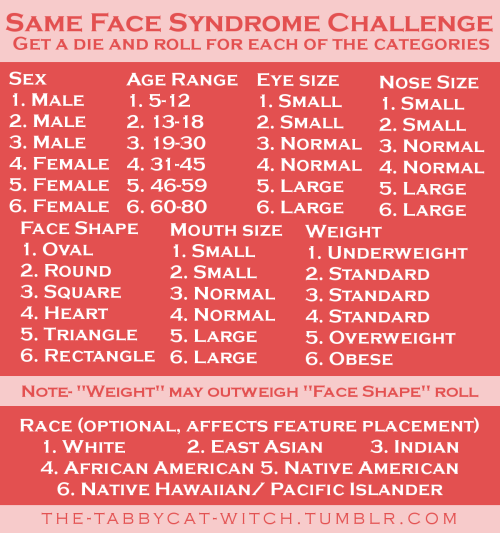
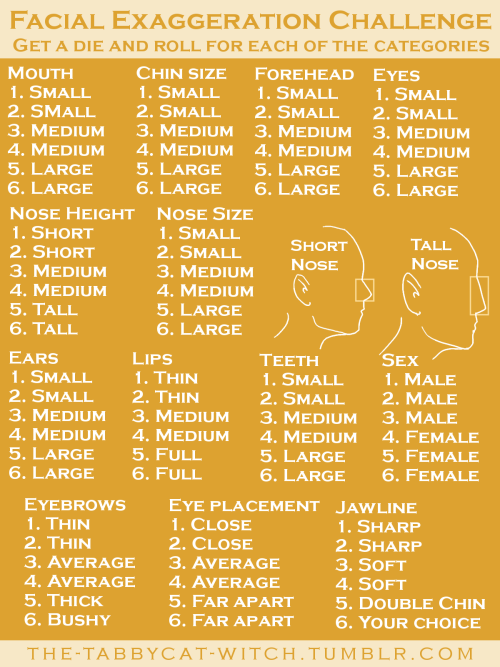
Hey, guys! I’ve noticed that there are a lot of artists who struggle with “same face syndrome,” or the tendency to draw all their characters with the same face. To help you combat this, I’ve created two different challenges!
The first (pink) one is mainly geared towards artists who are struggling with same face syndrome and want to start branching out. It covers topics that a lot of artists struggle with when drawing faces, such as age, weight, and face shapes. It’s not super specific, so you still have some wiggle room.
The second (yellow) one is a bit harder and is mainly geared towards artists who want to really challenge themselves to diversify their faces. Personally, I think this one’s the most fun to work with despite it being more difficult. Chances are with this one, you’re not going to be drawing a whole bunch of beautiful people. You don’t have to roll for every option on this one either. A certain combination of rolls from 10/13 of the options may give you a great character idea, and that’s great!
I hope you guys enjoy these! I’d love for you to send me your drawings if you do one (or both) of them.
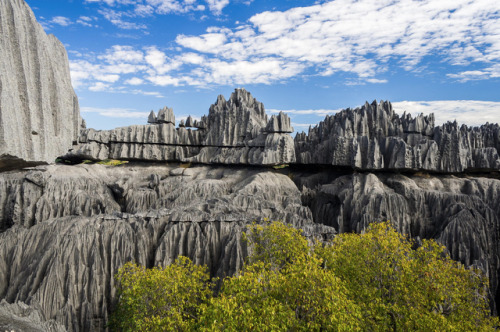
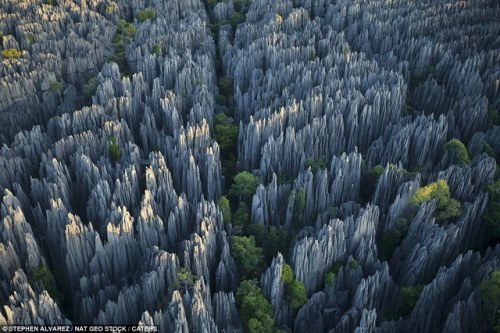
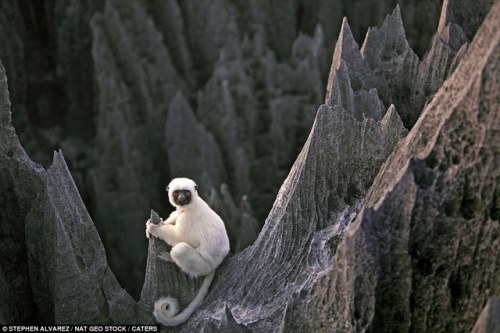
Madagascar, Tsingy. These knife-like limestone formations stretch over 70 meters into the air. Known as The Forest Of Knives, these razor-sharp limestone points can slice through equipment and flesh easily, which makes traversing them extremely difficult and dangerous, some climbers have been known to get through over 15 pairs of boots! It is estimated that the Tsingy has the largest underground cave system in the world and many animals live among the endless maze of disorienting corridors, humid caves, and unforgiving razors at the ground level. (Image one credit: Pierre-Yves Babelon)

“It’s just so cool that [five] women were the best people to call.” - team member Emma Liu.
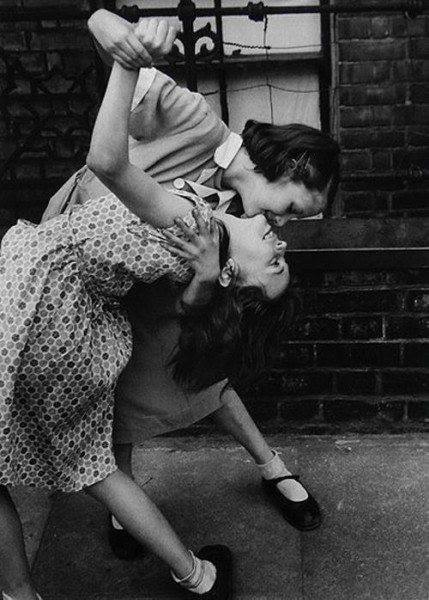
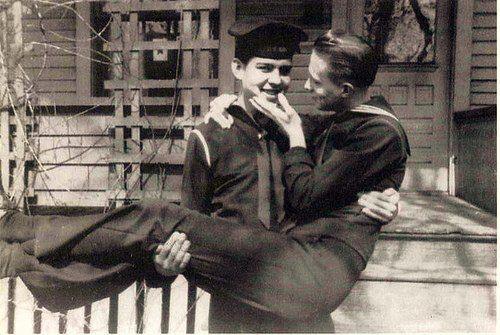


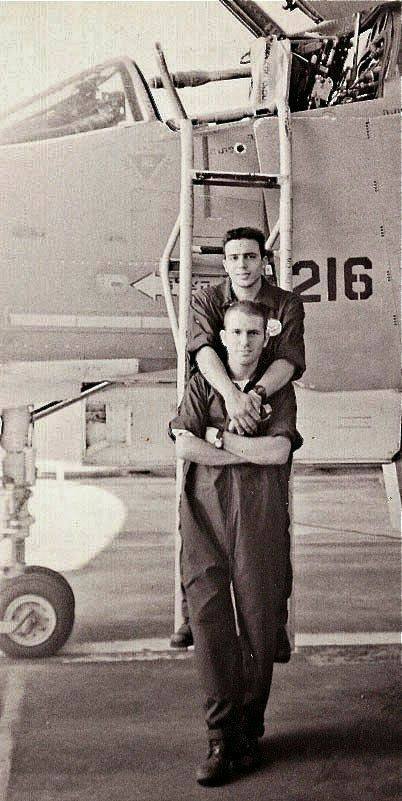


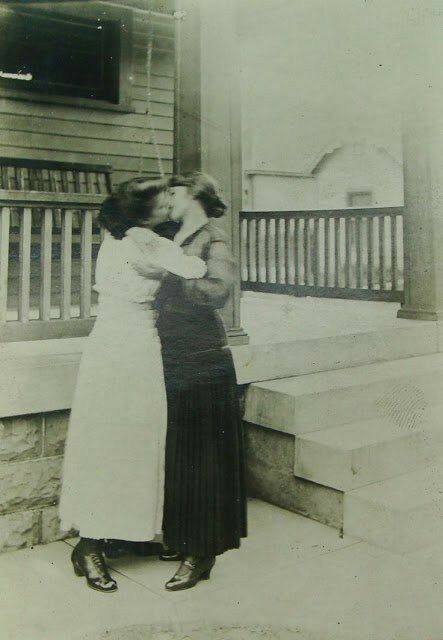


-
 thefuckingvillainmustache reblogged this · 2 weeks ago
thefuckingvillainmustache reblogged this · 2 weeks ago -
 hy-rules liked this · 1 month ago
hy-rules liked this · 1 month ago -
 plaidcat4815 liked this · 4 months ago
plaidcat4815 liked this · 4 months ago -
 feral-furby-nitemare liked this · 4 months ago
feral-furby-nitemare liked this · 4 months ago -
 feral-furby-nitemare reblogged this · 4 months ago
feral-furby-nitemare reblogged this · 4 months ago -
 bananapuddingwithwhip liked this · 4 months ago
bananapuddingwithwhip liked this · 4 months ago -
 holdtightposts reblogged this · 4 months ago
holdtightposts reblogged this · 4 months ago -
 anna22ya6 liked this · 6 months ago
anna22ya6 liked this · 6 months ago -
 annita89q8i6jph liked this · 6 months ago
annita89q8i6jph liked this · 6 months ago -
 annaoyq4c liked this · 6 months ago
annaoyq4c liked this · 6 months ago -
 aaaahsoka liked this · 9 months ago
aaaahsoka liked this · 9 months ago -
 aaaahsoka reblogged this · 9 months ago
aaaahsoka reblogged this · 9 months ago -
 holdtightposts reblogged this · 9 months ago
holdtightposts reblogged this · 9 months ago -
 annmentalitybear459 liked this · 11 months ago
annmentalitybear459 liked this · 11 months ago -
 aquariana131 liked this · 1 year ago
aquariana131 liked this · 1 year ago -
 walywall reblogged this · 1 year ago
walywall reblogged this · 1 year ago -
 gloriousgoat172 liked this · 1 year ago
gloriousgoat172 liked this · 1 year ago -
 wowicangetalientoo liked this · 1 year ago
wowicangetalientoo liked this · 1 year ago -
 kuboobs liked this · 1 year ago
kuboobs liked this · 1 year ago -
 paradisepoisoned liked this · 1 year ago
paradisepoisoned liked this · 1 year ago -
 silly-slacker-person liked this · 1 year ago
silly-slacker-person liked this · 1 year ago -
 snusmumriken113 reblogged this · 1 year ago
snusmumriken113 reblogged this · 1 year ago -
 roosjefantasy liked this · 1 year ago
roosjefantasy liked this · 1 year ago -
 paparega liked this · 1 year ago
paparega liked this · 1 year ago -
 red-son-yj-fan-b-16 liked this · 1 year ago
red-son-yj-fan-b-16 liked this · 1 year ago